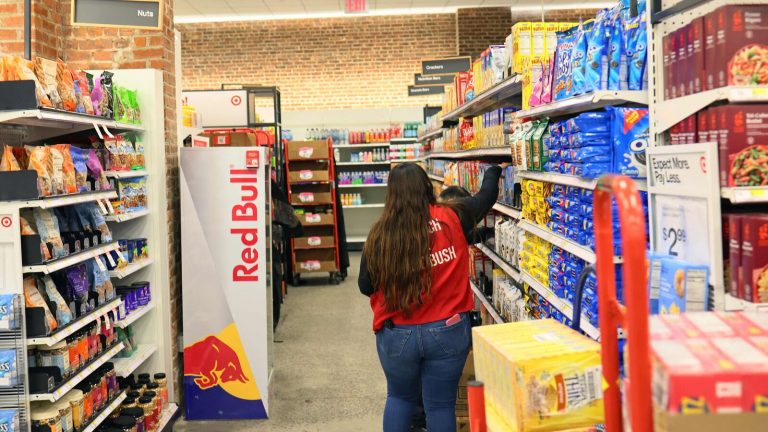Tepid consumer demand continued to weigh on fast-moving consumer goods (FMCG) companies’ revenue growth in the March quarter, extending a streak of sluggish topline expansion. Yet, behind this lacklustre revenue performance, cost control measures emerged as a crucial buffer, stabilizing profits and preventing deeper erosion.
A Mint analysis of 19 FMCG firms shows that aggregate year-on-year revenue growth remained stagnant at 6.1% in Q4, marginally down from 6.6% in the preceding December quarter. In stark contrast, net profits surged dramatically from 12.1% year-on-year growth in Q3FY25 to an impressive 31% in Q4FY25, underscoring the widening divergence between these key performance metrics.
This analysis was based on standalone data sourced from the Capitaline database for companies that have released their latest financial results so far.
Revenue growth has remained muted for FMCG firms across all quarters of 2024-25, reflecting a persistent demand slowdown that continues to weigh on topline performance across the sector. Conversely, net profit has risen steadily over the same period, barring a dip in the September quarter of FY25. This divergence has pressured margins: net profit margins fell to 12.8% in Q4 from 13.7% in Q3, but improved compared to the year-ago period.
Read this | Q4 earnings watch: Whispers of rural recovery as revenues buck broader trend
Efforts to protect profitability are evident in a contraction in aggregate expenses in the second half of the fiscal year, reversing nearly 9% growth seen in the first half.
However, some costs have started creeping up as input prices for essential commodities increased towards the end of 2024, despite overall inflation stabilizing. Raw material costs as a share of net sales rose to 28.5% in Q4, up from 27.3% in Q3 and 27.7% a year earlier. Most firms appear to have passed these higher costs onto consumers, with further price hikes expected to support revenue growth.
A NielsenIQ report underscores this trend, showing 11% year-on-year value growth for the FMCG segment in the March quarter, driven by a 5.1% volume gain and a 5.6% price increase.
Read this | FMCG’s mixed bag: Rural strength masks slump in latest quarter
Still, the company-wise analysis reveals a mixed performance. While seven of the 16 profitable firms saw net profits shrink in Q4, with five of them posting double-digit declines, robust growth in eight other firms helped offset these losses.
Notably, companies such as VST Industries, GM Breweries, and Dabur India, which reported the steepest net profit declines, also saw revenue drop in the March quarter, suggesting a link between topline challenges and bottomline performance for certain players.
Also read | The complicated relationship between consumer sentiment and stocks
This is the tenth part of a series of data stories about the ongoing Q4 earnings season. Read previous parts of our earnings series here.




